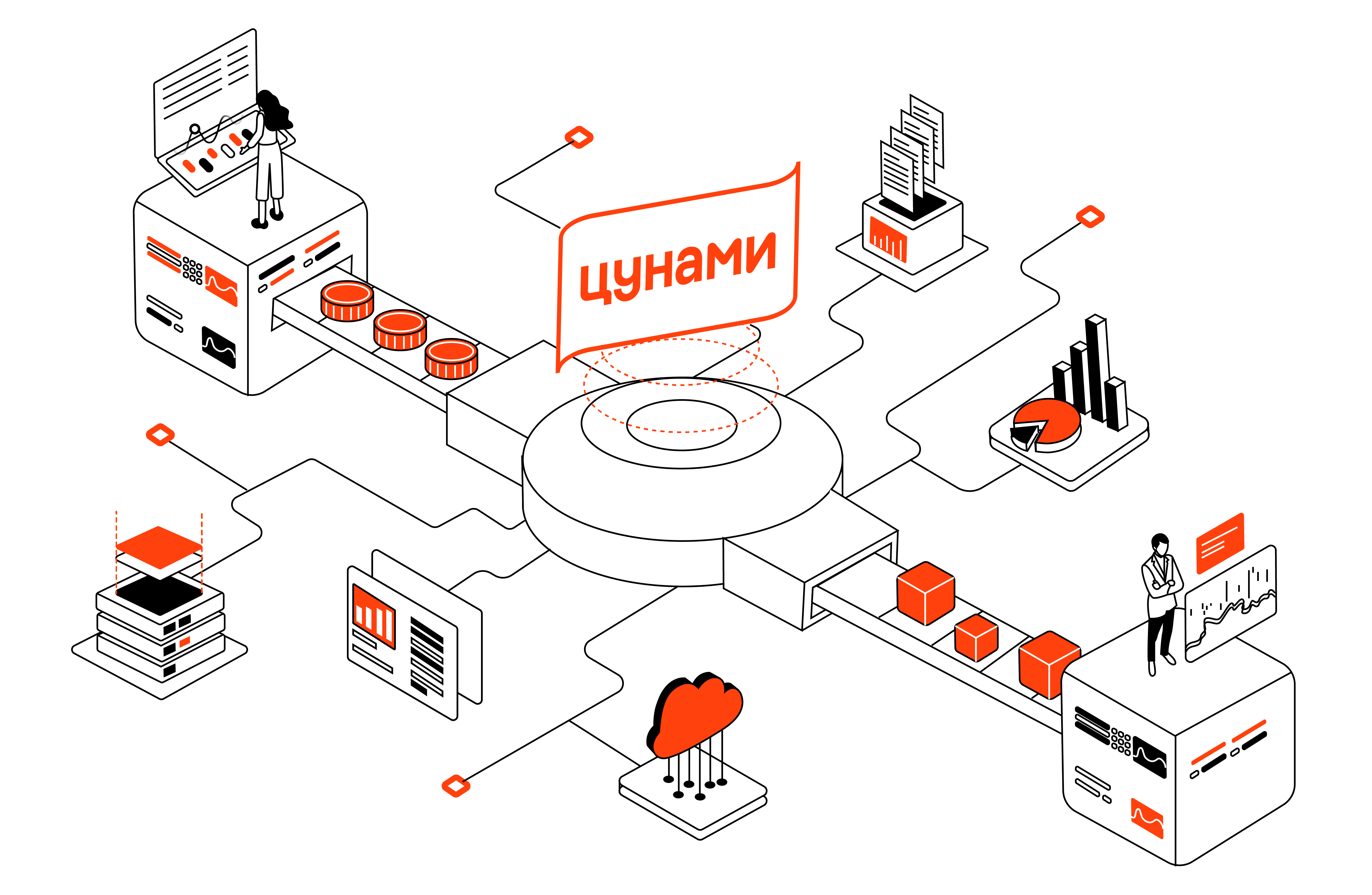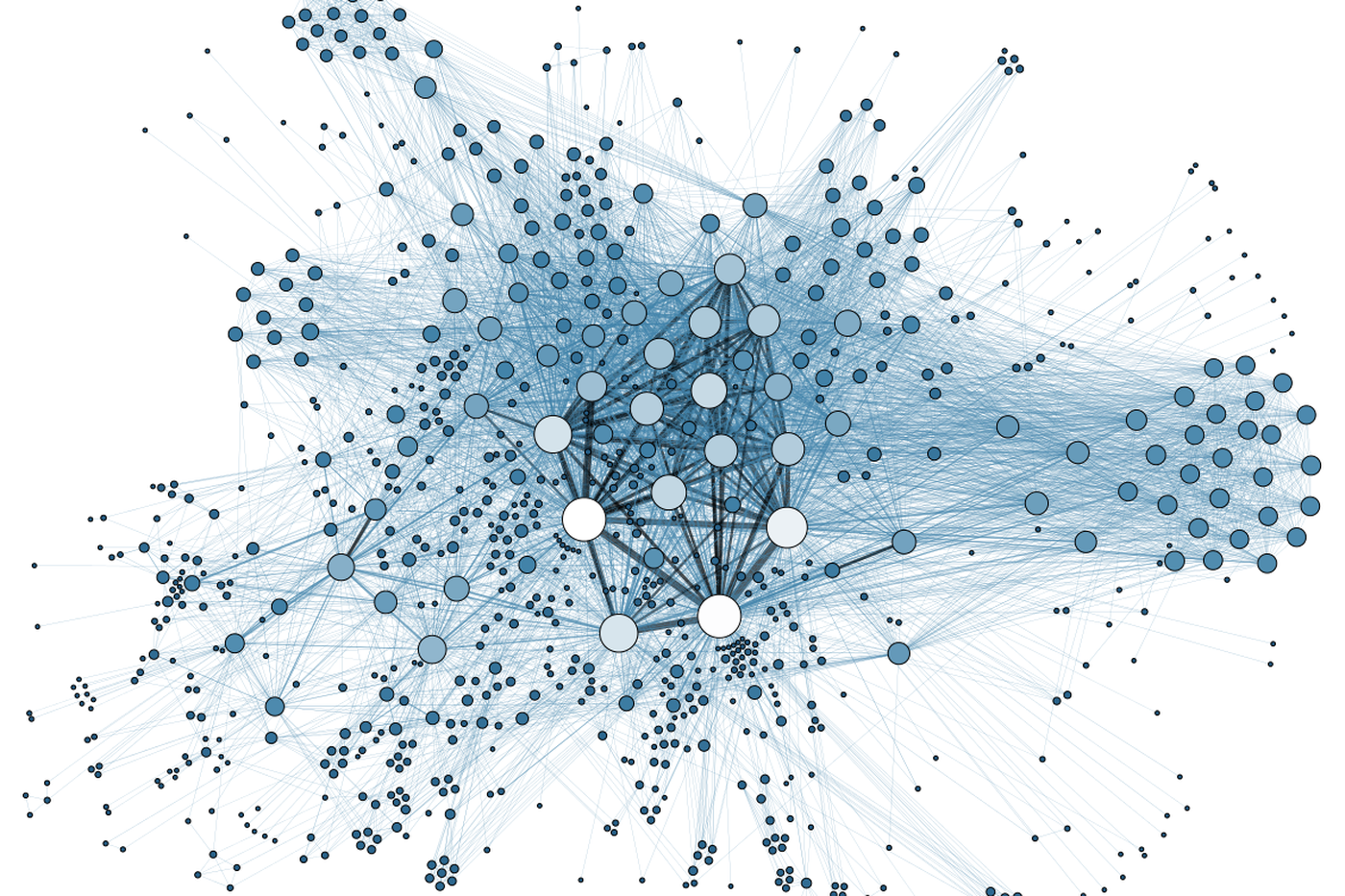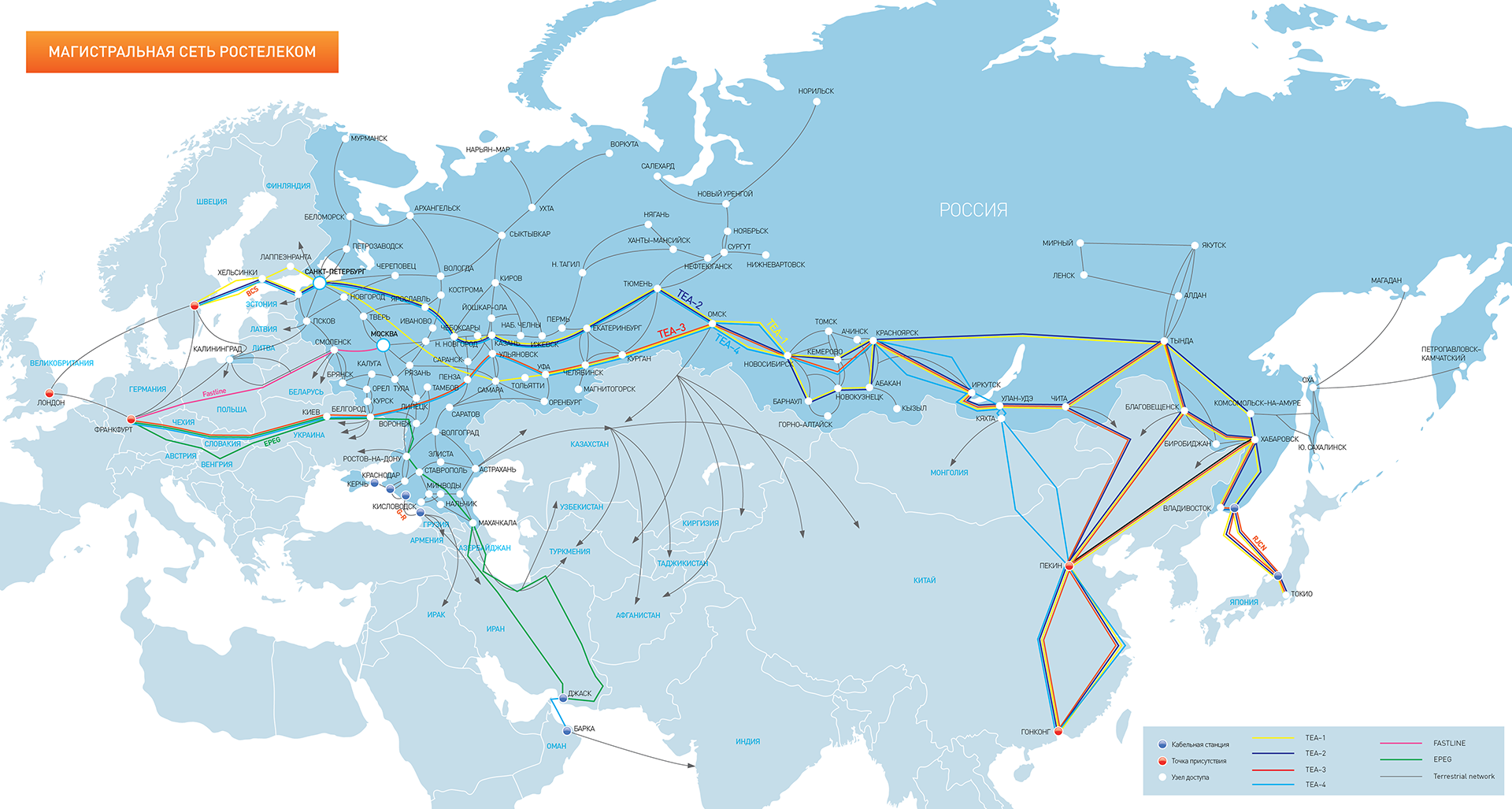Is blockchain just for PR and HYIP?

Recently, Renaissance Insurance Company published an article in which it told about a software product for cargo insurance. We have developed this product based on the Hyperledger Fabric platform. Around the article there were discussions between cryptoskeptics and crypto enthusiasts, people raised a number of topical questions - why did they need blockchains at all, do non-public blockchains have a right to life, what good is Hyperledger and the like. These questions I want to comment today.
“Blockchain is only for PR and HYIP here”This is probably the first thing that any developer of a product that uses the blockchain will hear from cryptocritics today:
“Why is he needed here, because the same problem can be solved by ordinary means, without a blockchain.”
Yes, we can really solve the same problem without the blockchain. But if we start to try to satisfy all the requirements related to information security, trust each other, and so on, including such requirements as an electronic signature, then we will ... slowly write our own almost blockchain.
Suppose the participants tell us that we do not have the opportunity to replace something, because the participants want to trust us. In addition, it would be good to ensure the consistency of data, which is called, out of the box, resistance to failures of a distributed system, methods of recovery. How can I do that? For example, we take a set of transactions, sign it, get a hash and use it to sign the next set of transactions, and so on. The result is a chain of chunks of data within which it is impossible to change anything. By and large, this is the very blockchain.
')
There are companies that went by writing their own similar system from scratch, but we do not see the point.
“A non-public blockchain is not a blockchain at all”The second group of questions comes from crypto-enthusiasts who are focused on the use of public blockchains, primarily Ethereum. These questions were provoked by the words that when choosing a blockchain platform, we needed:
- serious supplier
- professional development community support
- independence from ethereum
- lack of communication with ICO
Of course, this set of criteria is somewhat provocative, because it may seem as if we are saying that non-professional developers are involved in ICO projects. And of course, we were criticized for saying that “a non-public blockchain cannot be considered a blockchain at all”.
First, there is an obvious logical inconsistency: publicity (in a broad sense) is by no means a condition for the blockchain. Moreover, Hyperledger’s all formal blockchain criteria are quite present.
And by the way - this solution is supported by the Linux Foundation, and there anyone is not supported. In this sense, the Linux Foundation can be considered a sign of quality. Of course, errors are found in any product, and we also found them in the source code of Fabric. But there are errors in any product, especially developing one.
“We need to use proven public blockchains”Proponents of this opinion proceed from the ideal idea of networks of public blockchains.
Each node has a bunch of connections with others, the network is resistant to any adversity, beauty. You can even find such an impressive scheme:

But the real situation with networks is somewhat different. The Internet itself consists of large segments that are connected to each other not by a huge number of connections, but by a small number of main channels that are served by several companies. For example, the Rostelecom network looks like this:

For example, Kaliningrad is connected to the world only by two channels belonging to Rostelecom and Baltttelecom. And it only depends on the will of the conditional “person with the switch” whether this segment of the RuNet will be connected with the rest of the network, and in particular with the Ethereum network. Imagine the situation: the traffic exchange of any Runet segment with Ethereum masternods was turned off by simply blocking TCP / UDP 30303 (or even easier - temporarily limiting discovery, but this is only UDP), and while there was no “connection”, several blocks, making deals: for example, Vasya bought a car from Petya for 10 eth. What will happen if enough time to “hold” such a state for the subnet with master nodes, and then return everything “as it was”? It is clear that there are public explorators, but this is rather a control than a defense.
In addition, even in 2019, a 51% attack is possible, such as the recent attacks of BTC.com and BTC on Bitcoin Cache, or, more dangerous, is not a confirmed attack on Ethereum. We understand that for the crypto community today, the priority is the development of public infrastructure, and this may differ from the daily interests of real companies. Consortium-type networks are used by large companies, banks, insurance organizations, and for them the current state of public blockchain systems does not yet allow them to be used in the interests of real business, and not for prototypes or systems duplicating real processes.
The second drawback of public blockchains is paid transactions. Let's take the same Ethereum: no Russian accounting department can buy gas, there are no legal ways. In addition, the cost of gas is tied to the rate of Ethereum, which, as you know, can fluctuate in a huge range. Business does not like this uncertainty.
“But what about the users of your Hyperledger controlling information in the blockchain?”
The answer is very simple. Any participant can fully analyze all transactions in channels accessible to him, using either the Hyperledger Explorer or using our system, gaining access to the contents of the peers located in the participant’s own infrastructure. We will not make the system public for several reasons, among which, mainly, the requirements of information security of participants.
Architecture management
Another reason why we used the Hyperledger Fabric is that we built an architecture consisting of several channels (the channel, in Hyperledger terminology, is a separate registry, blockchain with different rights, connecting only those participants who participate in a certain business -process). We can manage the system in terms of connecting new members, but we cannot individually influence, for example, the rules for calculating insurance rates. Tariffs are agreed by all participants having access.
Alternatives?
If we talk about alternatives to Hyperledger, then we seriously considered only R3 Corda. This is not exactly a blockchain, but an easier solution, which is now actively used by banks and other financial organizations.
Public Ethereum, as an alternative, is not suitable for the reasons described above. We have a fairly fresh, and therefore poor, language for developing smart contracts for Solidity, a small number of libraries, and the ability to work with external systems through Oraclize. In addition, there are very big questions from the point of view of information security: smart contracts are executed on third-party nodes - for example, in China. That is, from China or Ukraine should come a request for service in the company, to which access should be provided from everywhere. For bank security or insurance company is unacceptable. In addition, we must understand that the activities of insurance companies are regulated by the Central Bank of the Russian Federation.
In our case, there is only one way to use public networks - anchorage. In this case, the public network is used solely to confirm integrity, and all other mechanisms are classical, or the same consortium — Hyperledger Fabric. Perhaps, after some time, we will be doing anchorage on the same Ethereum, if the business sees in it the meaning (and the possibility).
* * *
Summing up, what advantages do we see in Hyperledger, because of which we apply this solution in our projects for insurance and financial companies?
- A rich language for writing cheinkode (smart contracts) (Golang, and now Java).
- Independence from external factors. At least external factors can be controlled.
- Ability to select and use a large number of external libraries.
- The availability of tools for all participants to view and analyze the blockchain.
- Flexible architecture management.
- The entry of the project in the Linux Foundation, as a sign of quality and the designation of a serious approach.
Source: https://habr.com/ru/post/458412/
All Articles